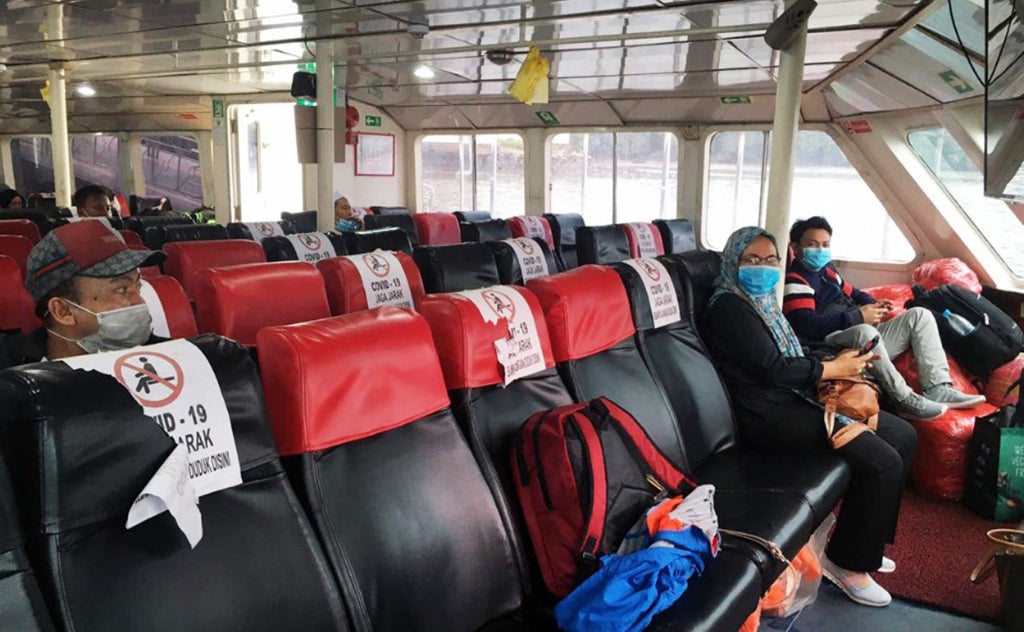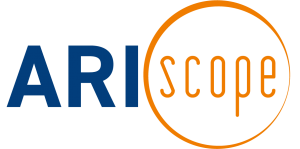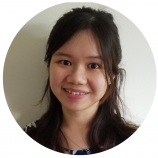Crisis, control and community: Documenting life during Covid-19

https://doi.org/10.25542/bakq-9a91
How do we capture lived experiences of a pandemic that profoundly disrupts daily life? "Living with COVID in Southeast Asia: Personal and Visual Experiences of Crisis, Control and Community” is a new ARI project uncovering the experiences of life amid the Covid-19 pandemic in Southeast Asia.
Our research team is led by Dr. Gerard McCarthy, Professor Naoko Shimazu and Dr. Yang Yang, from ARI’s Inter-Asian Engagement cluster, with the support of Tinesh Indrarajah, Regina Hong, Ling Xi Min and Clair Hurford. Together we have begun exploring ways to document the upheaval of everyday life experienced by millions of people across ASEAN. The project commenced during Singapore’s circuit breaker (which ran from 3 April to 1 June 2020) after we began to see lockdown measures across ASEAN relax and realized the need to properly document this extraordinary moment in time.
Written accounts, including social media posts, offer one kind of insight into people’s experience during pandemic. Yet a little acknowledged element of how Covid-19 has been experienced is the visual imprint on our lives: posters, social distancing markers, mask vending machines and so on all modify everyday landscapes and bring about a new understanding of space.
The project also explores how people narrate their experiences of the pandemic, which include visual and spatial changes. Words, tone and the parallels people make in talking about this period will shape the way we make sense of the lock-down and upheaval of 2020 well into the future.
With those considerations in mind, the team commenced a qualitative project consisting of two parts — an oral history component and a crowdsourced visual repository and analysis component. Three themes — crisis, control, and community — were chosen to provide an analytical framework for understanding images and oral histories including how people experience lock-downs, the way they survived and the impacts on cohesion. There are six main objectives for the project:
- Developing and curating a visual repository
- Benchmarking and exploring alignment with global oral history and visual repository projects
- Crafting an ethical framework for the project
- Delivering an online training module for oral history interviewers across the region
- Collecting a pilot sample of oral histories from every country of ASEAN to allow for broader geographic comparisons of living with Covid-19 across the region
- Written summaries on broad themes identified in images and oral histories
To achieve these objectives, the team met regularly (via Zoom, of course!) to develop project plans and manuals to guide research. Oral history questionnaires, metadata templates and data entry guidelines were iteratively discussed and modified by drawing from the best practices of ongoing oral history and visual projects.
Particular attention was paid to the ethics of collecting data during a pandemic. For instance, what should we do if an oral history contained references to violating circuit breaker measures? Or if an image or video recording captured someone not social distancing or other illicit actions?
Other questions that we considered were copyright and distribution issues for the images that we collected. The iterative, collaborative approach has been useful not only for ensuring that members of the team are on the same page but also accommodating work across different time zones.
Informed by a digital humanities approach, the team chose platforms that best fit the project’s scope and intended users (the general public and scholars). Instagram was chosen as a platform for image distribution given that the general public is largely familiar with it. Tagging our images using existing tags or creating new ones of our own also allow for uploaded images to be part of a larger network.
![bp11-p2 L-R: Singapore March 2020. Photo courtesy of Chris McMorran; ‘Hanya menerima bungkus dan online’ [only accepting takeaways and online (orders)] Indonesia, 2 April 2020. Photo courtesy of M. Praja Reihansyah](https://ari.nus.edu.sg/wp-content/uploads/2020/11/bp11-p2.jpg)
Apart from a description of the image, we also included questions that users could respond to in the comments to encourage further interaction and reflection. So far we have received around 50 images from across the region, depicting social distancing and closure signage from mosques, boats, markets and playgrounds.
These photos, accompanied by the comments that submitters provide, will help us tag the images for later searching and also inform who we choose to reach out to for interviews in the future.
With an eye to providing a repository for scholarly research, we decided to use Omeka S, a web publishing platform where individual items can be tagged with metadata. Omeka S also allows for a variety of formats to be uploaded, enabling us to host the oral histories and images together in a single repository.
Such an approach, as opposed to hosting the sources on separate platforms, will enable users to further uncover links between two different types of primary qualitative sources. In a happy coincidence, NUS Libraries was also beginning to explore the use of Omeka S, providing us with the opportunity to test drive Omeka S as a platform for future digital humanities projects.
Through the oral histories and images, we hope that the project will document patterns of responses, resilience and recovery. Additionally, we see the project contributing important Asian insights into scholarly and policy research on Covid-19 as a moment of crisis, control and community and potentially on other social themes too.
At a time when the rhythms of social life around the world have been upended and the future of national, regional and global public policy is in flux, innovative and flexible qualitative social research is more urgent than ever. We are keen to collaborate with other people and organisations who share this vision.
Regina Hong's new co-authored book, Postcard Impressions of Early 20th Century Singapore: Perspectives from the Japanese Community, examines more than 150 fascinating picture postcards from the NLB SG's Lim Shao Bin collection to gain insights into Japanese society in Singapore during the late 19th and early 20th centuries.






